Some dates on the calendar experience strong spikes in the demand for the importation of flowers and live plants for distribution in specialized stores. In Spain, certain festivities such as Valentine’s Day, Sant Jordi, or All Saints’ Day are intimately linked to flowers, a strategic sector in the economy. Flowers and live plants require very rigorous logistics, as we are dealing with a product with high demand on specific dates and that requires special conservation and transportation conditions.
The latest data provided by the Spanish Customs show that the importation of flowers and live plants is experiencing a good moment, with a 1% growth in the first quarter of 2018, which means 61.3 million euros more than the same period of the previous year.
The success of the importation of flowers and live plants largely depends on the correct calculation of transportation times and temperature control. Air transport is the most used for a delicate and perishable product like this, which does not tolerate the break in the cold chain.
Within the sector, live plants take the lead, with 35.3 million euros, followed by cut flowers with 19.7 million euros and, at some distance, bulbs (3.5 million euros) and foliage (2.6 million euros). It is worth noting that the latter category has experienced a 12% growth in the analyzed period.
The Netherlands is by far the main supplier within the European Union, followed by Italy, Germany, Portugal, and France. The importation of flowers and live plants amounted to 216.3 million euros in the first quarter of 2018, an increase of 3% compared to the same period of the previous year. Meanwhile, Kenya, Colombia, and Ecuador are the main suppliers of flowers from outside the European Union.
Import Process of Flowers and Live Plants
Thanks to technology, the importation of flowers and live plants is much simpler today. However, the logistics behind this process requires extremely careful planning. Calculations start from the moment of planting. Being a perishable product highly sensitive to temperature changes, air transportation is the most common option, as it significantly reduces delivery times.
The process starts over six months in advance when orders are placed with suppliers, although undoubtedly, the crucial moment occurs when the flowers are cut, as maintaining the cold chain is essential until their distribution is completed.
Half of the flowers grown worldwide are consumed in the European Union, especially in the most mature markets such as Germany, the Netherlands, France, Belgium, and Scandinavia.


